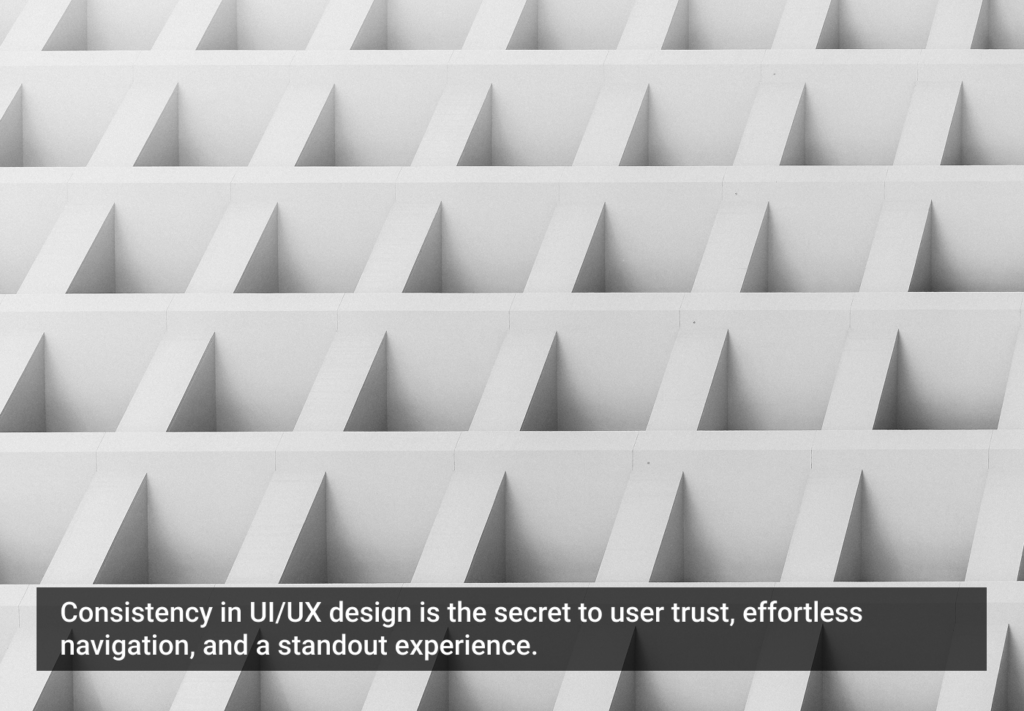When I compose a document—any document, in almost any application—I can choose a font size in increments. But Google has decided what sizes are appropriate for me. It’s like the Starbuck’s approach to fonts: Short, Tall, Grande, Venti.
In my opinion, “small” is too small, and so is “normal.” Plus the term “normal” makes me feel shame for my old eyeballs. “Large” is too big, and “Huge” is just completely ridiculous.
Why can’t Google be “normal” and give us more choices?
wtfUX Google!?
Keep these coming. Send them to us via Twitter or Facebook using the hastag #wtfUX or email them to: [email protected] with “#wtfUX” in the subject line. Include as much context as you can, so we get a full understanding of what the f%*k went wrong. Image of pygmy mouse courtesy Shutterstock.








